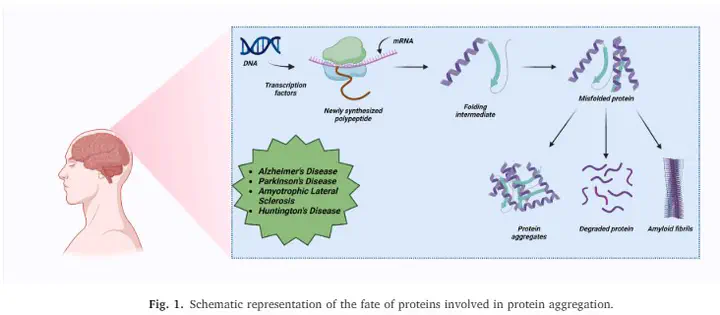Probing protein aggregation through spectroscopic insights and multimodal approaches: A comprehensive review for counteracting neurodegenerative disorders
 Image credit: science direct
Image credit: science directAbstract
Aberrant accumulation of protein misfolding can cause aggregation and fibrillation and is one of the primary characteristic features of neurodegenerative diseases. Because they are disordered, misfolded, and aggregated proteins pose a significant setback in drug designing. The structural study of intermediate steps in these kinds of aggregated proteins will allow us to determine the conformational changes as well as the probable pathways encompassing various neurodegenerative disorders. The analysis of protein aggregates involved in neurodegenerative diseases relies on a diverse toolkit of biophysical techniques, encompassing both morphological and non-morphological methods. Additionally, Thioflavin T (ThT) assays and Circular Dichroism (CD) spectroscopy facilitate investigations into aggregation kinetics and secondary structure alterations. The collective application of these biophysical techniques empowers researchers to comprehensively unravel the intricate nature of protein aggregates associated with neurodegeneration. Furthermore, the topics covered in this review have summed up a handful of well-established techniques used for the structural analysis of protein aggregation. This multifaceted approach advances our fundamental understanding of the underlying mechanisms driving neurodegenerative diseases and informs potential therapeutic strategies.